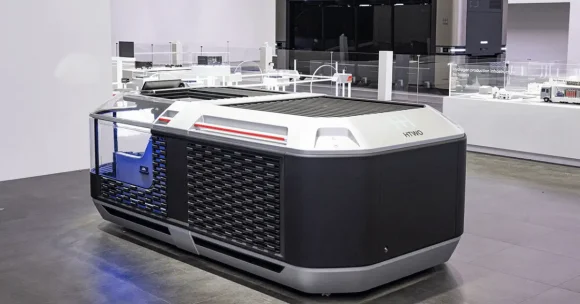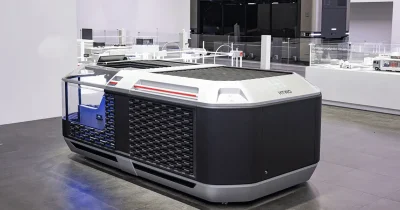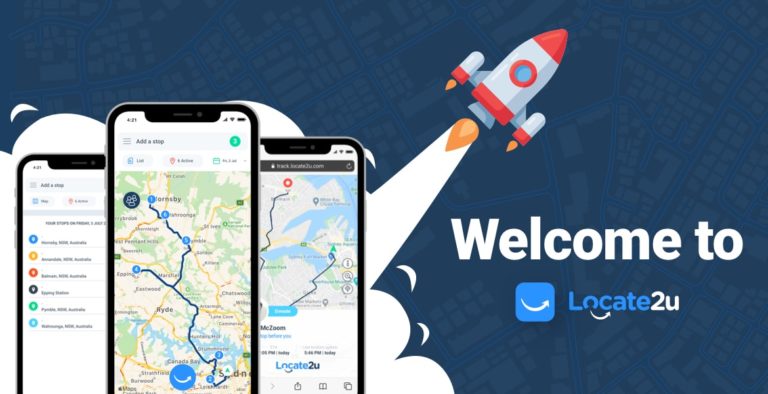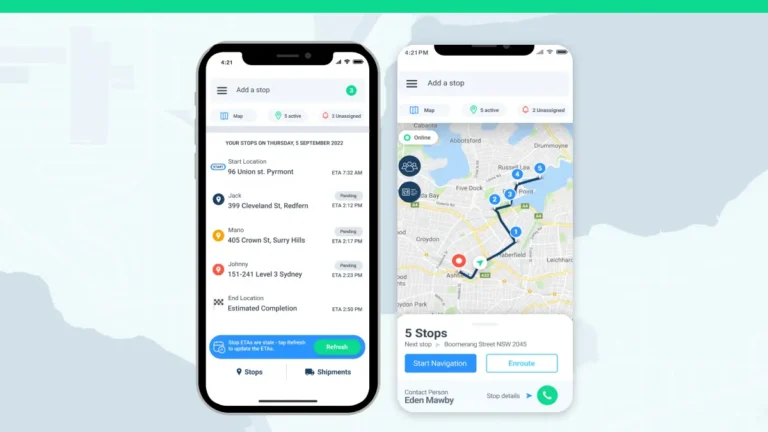The concept of hydrogen as an alternative fuel made a resurgence this year, largely due to the exposure it received at one of the world’s largest tech events, CES 2024.
But why the fuss? And how does hydrogen fuel work?
Hydrogen’s resurgence
Hydrogen has a higher energy density than fossil fuels. When hydrogen gas mixes with oxygen, it sparks a chemical reaction that creates electricity. Unlike using gas or diesel, hydrogen fuel cells leave only water as a byproduct.
Vehicles that run on hydrogen fuel alternatives achieve longer ranges. Refueling a hydrogen fuel cell vehicle is also much quicker than recharging an electric vehicle’s (EVs) battery.
Hydrogen (as an alternative fuel) took the backseat in recent years as the focus shifted toward EVs. Based on the exhibitions at CES 2024, it might just be making a comeback.
Hyundai’s holistic vision
South Korean automotive manufacturer Hyundai has been in this game for more than a decade, since launching the world’s first commercially mass-produced hydrogen fuel cell vehicle in 2013.
The IX35 Fuel Cell was touted for its environmental conservation and groundbreaking technology, making it an eco-friendly alternative to traditional fossil fuel-powered vehicles.
ALSO READ: New Hyundai S-A2 air taxi soars at CES 2024
Hyundai’s exhibition at CES 2024 in Las Vegas showcased the manufacturer’s current vision by announcing that it would expand its existing fuel cell brand, HTWO, into the Group’s hydrogen value chain business brand.
Speaking to TechCrunch, Hyundai vice president Dongwook Lee explains the company’s goal is to “build an entire energy ecosystem across the whole of the earth, from ocean to land.”
Nikola’s comeback
Meanwhile, the Nikola Corporation – formerly known as Nikola Motor Company – showcased the range and maneuverability of its hydrogen trucks. With a range of 500 miles, the trucks were designed especially for regional haul purposes.
It is equipped with two backup batteries and has a hydrogen capacity of 70 kilograms, meaning it has enough power to cover long distances without constant refueling. It’s also suitable for carrying heavy loads, making it ideal for logistics, shipping, and construction.
The trucking startup’s global head of program and product management, Christian Appel, described the truck as a day cab. “We’re going into the ports with these trucks and typical regional [ports] where you cover 350 to 500 miles a day.”
NOW READ: How alternative fuels are revolutionizing transportation
About the author
Cheryl has contributed to various international publications, with a fervor for data and technology. She explores the intersection of emerging tech trends with logistics, focusing on how digital innovations are reshaping industries on a global scale. When she's not dissecting the latest developments in AI-driven innovation and digital solutions, Cheryl can be found gaming, kickboxing, or navigating the novel niches of consumer gadgetry.











